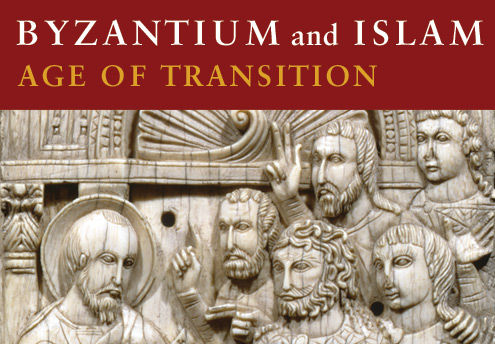Byzantium was a great center of trade, to which vessels came from every quarter of the compass. From the countries around the Black Sea came furs and hides, grain, salt, wine, and slaves from the Caucasus. From India, Ceylon, Syria, and Arabia came spices, precious stones, and silk; from Africa, slaves and ivory; from the West, especially Italy, came merchants eager to buy the goods sold in Constantinople, including the products of the imperial industries.
The Byzantine emperors were able for centuries to maintain a monopoly of the manufacture and sale of silk textiles, purple dye, and gold embroidery. Long a closely guarded secret of the Persians, silk manufacture came to Byzantium in the mid-sixth century. The power derived from control over the manufacture and sale of silk has been compared with modern control over such strategic materials as oil.
But it was not only the imperial treasury that profited. The rich were able to embellish their persons and their homes; many middle-class merchants and craftsmen found a livelihood in the industry; and the flow of revenue into the imperial treasuries allowed the emperors to tax the lower classes less than would otherwise have been necessary for national defense and other official expenses.
Besides controlling silk, the emperor forbade the export of gold. The nomisma, as the Byzantine gold coin was called, was standard all over the Mediterranean and even in the East. Until the mid-eleventh century it was rarely debased, and even then only gradually under the impact of civil strife and foreign invasion. For eight hundred years this money was stable.
Throughout Byzantine history the sources of state income remained much the same. Money came in from state property. This money was distinct from that which came in the emperor’s personal estates. Booty seized in war or fortunes confiscated from rich men in disgrace provided cash. And of course there was also revenue from taxation—on land and persons, sales and profits, imports and exports, and inheritances.
From Diocletian (r. 284-305) the Byzantines inherited the concept that land and labor were taxable together. The territory of the empire was considered to be divided into units called yokes, each of which was defined as the amount of land that could feed a single laboring farmer. To be taxable as a unit of land, each yoke had to have its farmer to work it; to be taxable as a person, each farmer had to have a yoke to work. The government thus had to find a person to cultivate every yoke; otherwise there would have been no revenue.
This concept led to the binding of many peasants to the soil. Large private landowners flourished under such a system, since it was easier for the state to lease them large tracts of land and leave it to them to find the supply of labor. Moreover, inferior land or abandoned or rundown farms were assigned to nearby landowners, who were then responsible for the taxes on such property as on their more productive acres. Only a landowner with rich and productive farmland could pay such taxes on the more marginal farms. So this aspect of the system also contributed to the growth of large private estates. Yet, though the large estate may have predominated in the early period, the small private freeholder seems never to have disappeared.
The Byzantine oikos, or “household,” included slaves and, in the upper classes, women who were segregated to apartments of their own. Daughters were literally kept under lock and key, for an unchaste daughter brought disgrace upon every family member. Women could not consume alcohol before others, even at family dinner. Everyone in the family took part in decisions about marriage, since one of its purposes was social advancement. The delivery of children was an important social, and thus economic, function for women.

